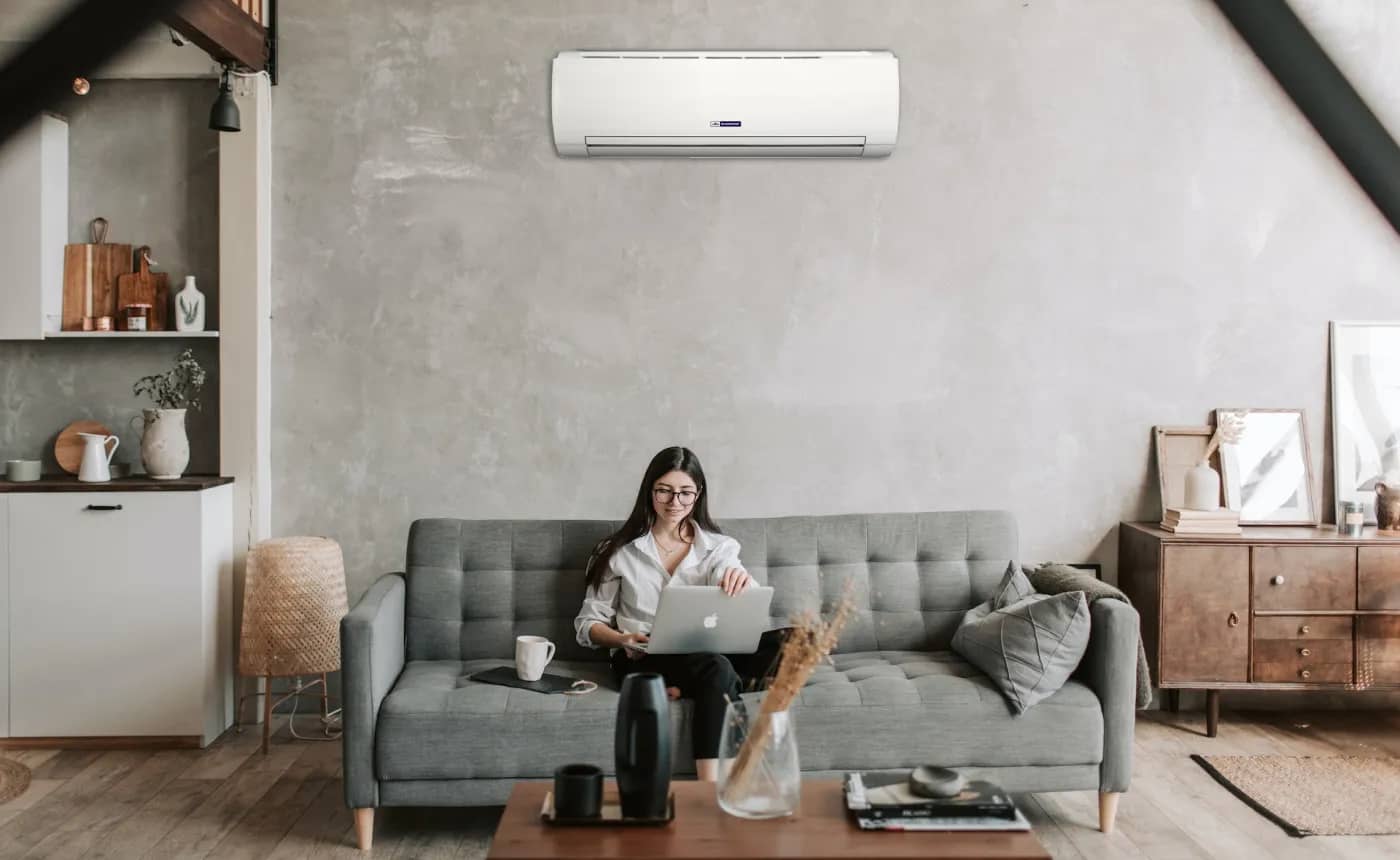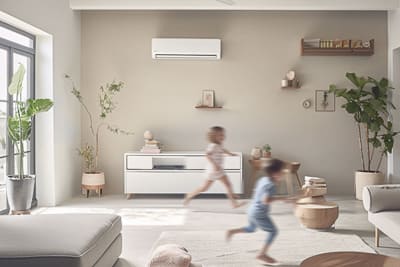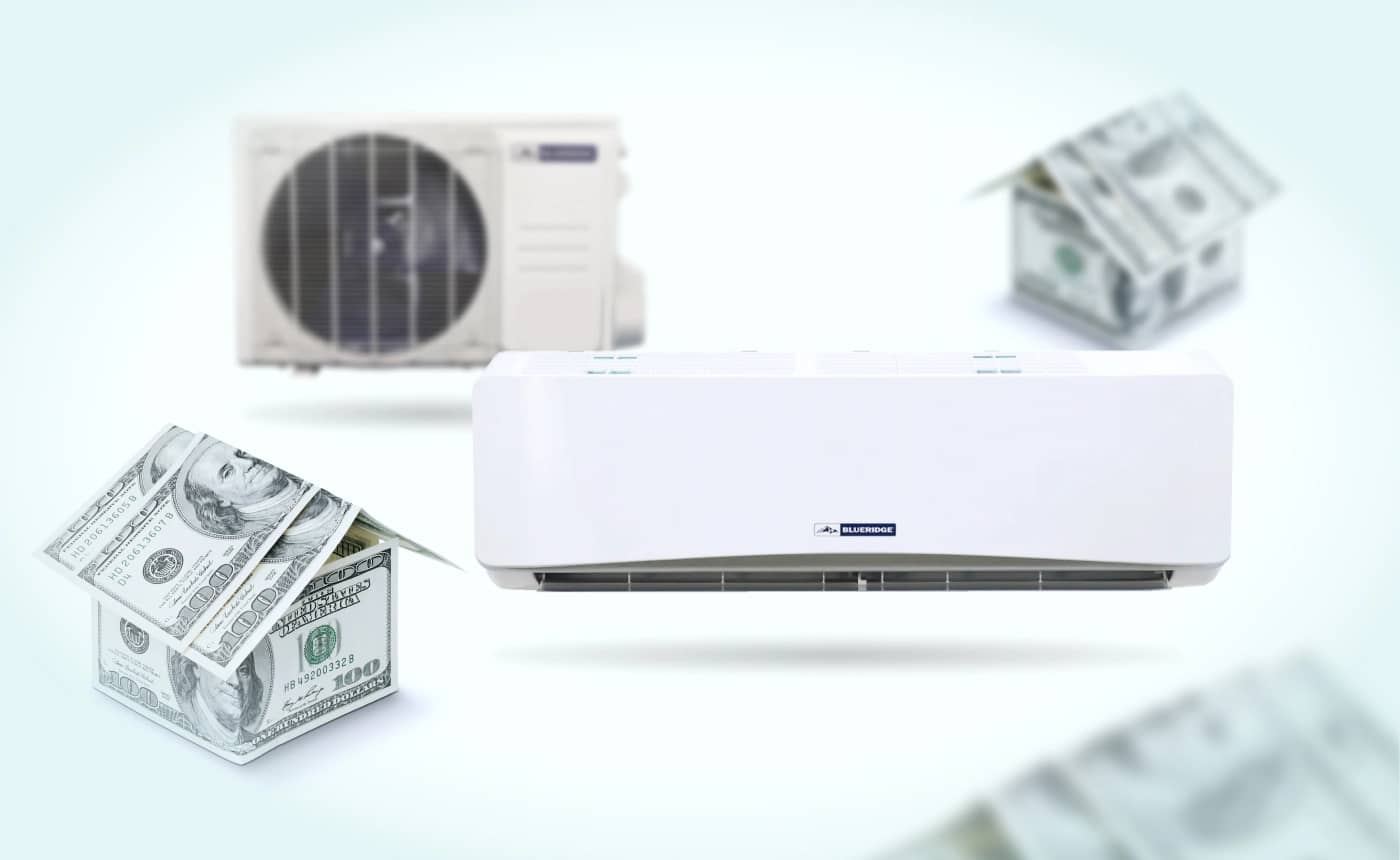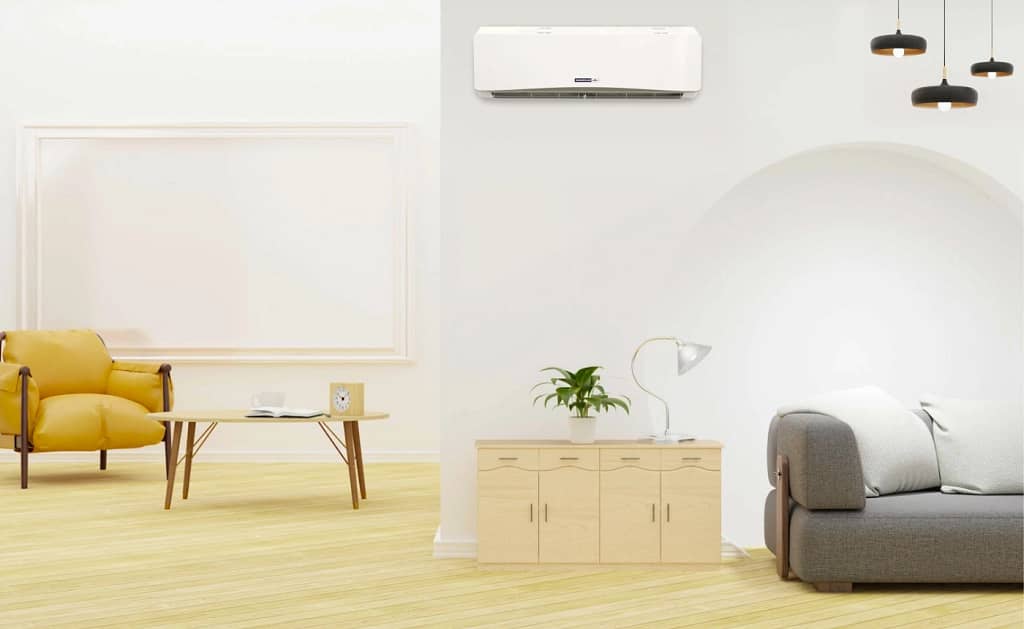
If you’ve been researching ductless mini-split systems, you probably know the many benefits these heating and cooling systems can bring to your space and your wallet. You’ve zeroed in on a 3-ton single-zone mini-split but want to ensure that’s the right choice for your space.
Choosing the wrong size system can indeed create some complications and make your decision one that you regret in the long run.
KEY TAKEAWAYS
- Knowing the right size is essential, even if you’ve already decided to buy a mini-split.
- Choose a mini-split system based on your room size and cooling requirements.
- 3-ton mini-splits are best for a space that requires at least 36000 BTU of heating or cooling.
Undoubtedly, your ductless mini-split will play a significant role in the comfort of your home. However, finding the right size unit is key to the system’s overall performance and efficiency.
Let’s dive deeper into the specifics of 3-ton mini-split systems and under what circumstances these heating and cooling units will work best for your home or office environment.
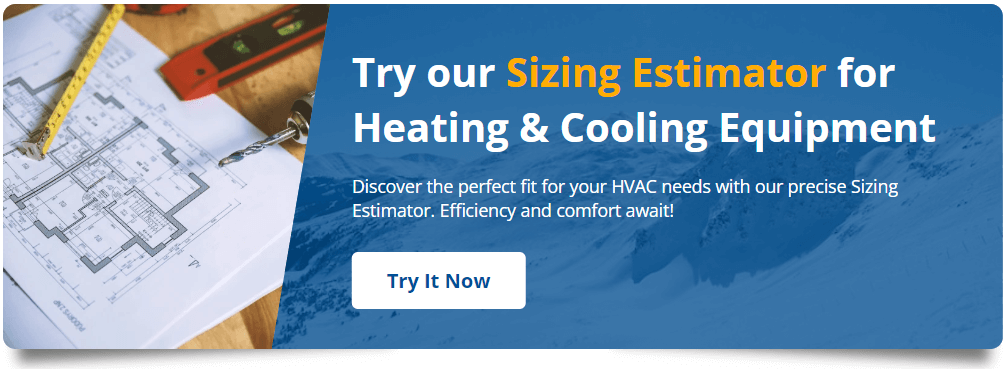
Does Mini-Split Size Matter?
Understanding why the size of your mini-split system is so important can help ensure that you have installed the most energy-efficient and cost-effective unit possible.
The more efficient the system, the more likely you’ll save on your energy bills and increase the overall comfort of your living space. If you install a mini-split system (also called a ductless heat pump) that’s too small, you may end up paying a higher utility bill because it won’t have the capacity to heat or cool as effectively as needed.
Because the system has to work harder to get your home to the right temperature, you will also find yourself dissatisfied with how long it takes to bring the indoor air to the temperature you’re looking for.
On the other hand, if you purchase a mini-split heat pump that is too large for your space, you may experience short cycling, where the system turns on and off frequently.

This can lead to temperature fluctuations, reduced efficiency, and increased wear and tear on the unit.
Suppose you want to ensure optimal performance and energy efficiency from your ductless mini-split system. In that case, you must select the right-sized mini-split for your heating and cooling needs.
Basic Mini-Split Terminology
To understand a 3-ton single-zone mini-split system, let’s first define some basic terms as they generally apply to ductless mini-split systems.
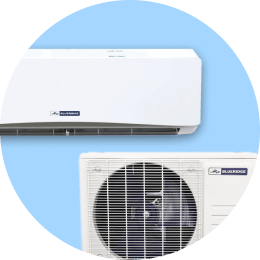
Ductless Mini-Split System:
A heating and air conditioning system consisting of an outdoor unit (condenser or heat pump) and one or more indoor units (air handlers) connected by refrigerant lines. These systems provide zoned climate control without the need for ductwork.
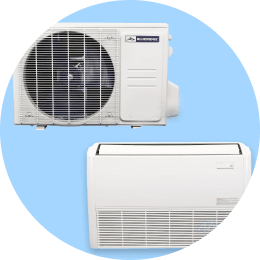
Single-Zone System:
A mini-split system designed to heat or cool a single room or area. It consists of one indoor unit connected to an outdoor unit. Single-zone systems are ideal for providing climate control to individual spaces.
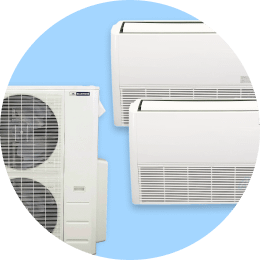
Multi-Zone System:
A multi-zone mini-split system, also known as a multi-split system or multi-zone ductless system, is a type of ductless heating and cooling system designed to provide climate control to multiple rooms or zones within a building, each with its dedicated indoor unit and the ability to control the temperature independently.
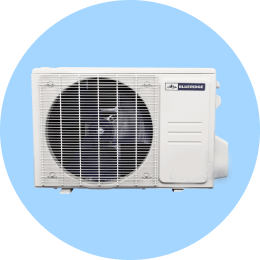
Outdoor Unit:
A mini-split system’s condenser or heat pump contains the compressor, condenser coil, and fan. It releases heat absorbed from indoors to the outside environment during cooling and extracts heat from outside for heating.
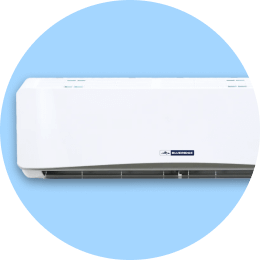
Indoor Unit:
A mini-split system’s air handler(s) distributes conditioned air within the room. It includes an evaporator coil and a fan. high all-mount, low wall-mount, and ceiling cassette units are common indoor units.
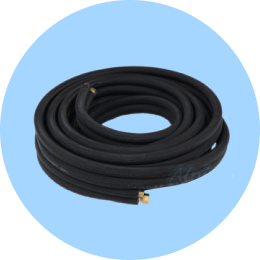
Refrigerant Lines:
Copper or aluminum tubing that connects the indoor and outdoor units, carrying refrigerant to facilitate heat exchange.

BTU:
BTU, or British thermal units, is a measurement used to quantify the amount of heat energy an air conditioning or heating system can either remove from or add to a space. In the context of mini-split systems, BTU measures the cooling and heating capacity of the system. A higher BTU rating indicates a greater capacity for cooling or heating, making it suitable for larger spaces or those with higher heating or cooling demands.

Seasonal Energy Efficiency Ratio:
The Seasonal Energy Efficiency Ratio (SEER) measures the cooling efficiency of an air conditioner or heat pump over a typical cooling season. It expresses the ratio of the cooling output in BTU to the electrical energy input (measured in watt-hours).
These definitions will help you better understand mini-split systems in general before exploring the difference between a 3-ton mini-split and other size options.

What Size Mini-Split Do I Need?
Determining the right capacity mini-split system for your space is crucial for efficient and effective heating or cooling.
The following are just a few of the many factors determining the appropriate number of BTU for a given space.
- Size of the Room: Measure the room’s length, width, and height in feet. Multiply these three dimensions to get the space’s volume in cubic feet.
- Insulation: Take into account the quality of insulation in the room. Well-insulated spaces may require lower heating or cooling capacity than poorly insulated ones.
- Climate Zone: Consider your location and climate. Warmer climates may require more cooling capacity, while colder climates need sufficient heating capacity.
Remember that mini-split systems come in various sizes, so choose one that closely matches your room’s requirements.

Contact a professional HVAC technician to help determine the best size unit.
You can also use Alpine’s free System Selector to help you choose your mini-split’s capacity or reach out to one of our skilled team members for help.
Don’t leave the size of your ductless mini-split system up to chance. Before committing, ensure you have the best possible data on size and capacity needs.
Advantages of a 3-Ton Single-Zone or Multi-Zone Mini-Split
A 3-ton mini-split system provides climate control for larger rooms, open spaces, or multiple connected rooms within a home or building.

The “3-ton” designation refers to its cooling capacity, equivalent to 36,000 BTU (British thermal units) per hour.
This means that a 3-ton or 36000 BTU mini-split single-zone system can effectively cool an area requiring a substantial amount of cooling power, typically 1,500 to 2,500 square feet.
3-ton single-zone mini-split systems are often used in living rooms, larger bedrooms, open-concept living spaces, or commercial settings where a single indoor unit of this size can efficiently distribute cool or warm air throughout the designated area.
A 3-ton single-zone mini-split is a versatile system that can be used in a single-zone or a multi-zone setup.
Multiple indoor air handlers connect to one outdoor unit in a multi-zone system. Each air handler serves a different zone or room within your house or workspace.
This zoning capability provides personalized comfort and can help reduce energy consumption by cooling or heating only the areas that are in use.
Whether for a spacious residential area or a commercial setting, a 3-ton mini-split system offers powerful and efficient climate control to keep occupants comfortable year-round.
Will a 3-Ton Single-Zone Mini-Split Work for Me?
Determining whether you need a 3-ton mini-split system is essential to ensure optimal comfort and energy efficiency for your space.
Six key factors when calculating system size:
- Room Size: Measure the square footage of the area you intend to condition. A 3-ton mini-split system suits larger spaces, typically 1,500 to 2,500 square feet. If your space is significantly smaller, consider a smaller capacity system to prevent overcooling or overheating and reduce energy consumption.
- Climate Zone: Take into account your region’s climate and temperature extremes. A 3-ton system may be appropriate for maintaining comfortable indoor temperatures in extremely hot or cold weather. However, in milder climates, a smaller unit may be fine.
- Insulation and Windows: Make sure you know the insulation level in your space and the type of windows you have. Well-insulated areas with energy-efficient windows may require lower cooling and heating capacity, allowing you to opt for a smaller system.
- Ceiling Height: Consider the height of your ceilings. Taller ceilings result in a larger cubic volume of air that needs to be conditioned. If you have high ceilings, a 3-ton system may be more suitable to distribute conditioned air adequately.
- Sun Exposure: Take note of the direct sunlight your space receives. Areas with extensive sun exposure may require more cooling capacity to combat heat gain. On the other hand, more shaded spaces may need less cooling power.
- Additional Heat Sources: Consider any heat-generating appliances or equipment in the area. Suppose your space contains appliances, computers, or machinery that emit heat. In that case, you may need a larger system to compensate for the additional thermal load and to keep your energy costs low.
Ultimately, purchasing a 3-ton mini-split should be based on a comprehensive evaluation of these factors. Consulting with a skilled HVAC professional (locally or online) will also help you ensure you’ve weighed all factors that will impact your mini-split selection.
Questions to Ask Before Investing in a Ductless Mini-Split
Investing in a mini-split system of any size will be a significant decision you shouldn’t make without doing your homework beforehand.
Ensuring you have the answers to all your questions will help you feel more confident about your final decision and will go a long way in guaranteeing your satisfaction for years to come.

Will the cooling capacity of a 3-ton mini-split be accurate for my needs?

First and foremost, assess whether a 3-ton system is the right size for your space. Calculate the square footage of the area you intend to cool or heat and compare it to the system’s capacity. If your space is significantly smaller than what a 3-ton unit can handle, you may want to consider a smaller unit, such as a 2-ton mini-split, to avoid unnecessary energy consumption.

What happens if you oversize a mini-split?

Oversizing a mini-split system can lead to a range of problems. Oversized units tend to operate less efficiently, resulting in higher energy consumption and increased utility bills. They may also struggle to distribute conditioned air evenly, causing temperature imbalances. To avoid these issues, always choose a mini-split that will work most efficiently and effectively in your designated space.

What is the SEER rating of my mini-split?

Check the Seasonal Energy Efficiency Ratio (SEER) rating of the 3-ton mini-split. The SEER rating measures the system’s energy efficiency. Higher SEER ratings indicate greater efficiency, leading to lower energy bills over time. Be sure to choose a unit with a SEER rating that aligns with your energy-saving goals.

Are single-zone mini-splits more efficient than multi-zone mini-splits?

The efficiency of single-zone mini-splits versus multi-zone mini-splits depends on various factors, primarily the specific needs of your space. Single-zone systems are highly efficient when cooling or heating a single room or zone. Multi-zone mini-splits are designed to condition multiple zones independently, offering personalized comfort. Your chosen system will greatly depend on your specific needs; an HVAC professional can help you determine that.

How many zones do I need?

Decide which rooms or other areas you would like to cool or heat. Larger spaces can benefit from having more than one air handler. Multi-zone systems allow for more flexibility and customization, so consider whether you require individual temperature control in separate areas. This can influence your choice of indoor air handlers and the overall system configuration.

What type of indoor units do I want?

Select the appropriate indoor unit types based on your space’s layout and aesthetics. Wall-mounted units are commonly chosen for their ease of installation and versatility. But if you’re looking for a more discreet option, a ceiling cassette or concealed duct unit may appeal more.

What other features do I need?

Consider any additional features or capabilities you desire in your mini-split system. Some units have advanced air filtration, humidity control, and smart thermostats. Assess whether these extras align with your indoor air quality and comfort preferences.

What is the installation process like?

Evaluate the ease of installation and whether you’ll require professional assistance. While ductless mini-splits are generally simpler to install than traditional ducted systems, complex installations may necessitate the expertise of a technician.

What is the warranty coverage?

Reviewing the warranty offered with any 3-ton mini-split you choose is also a good idea. A comprehensive warranty can provide peace of mind, so understand the coverage terms and duration to protect your investment.
Addressing these questions, you’ll be better equipped to decide which 3-ton mini-split system will align with your specific needs and preferences.
No Matter the Size, Alpine Home Air Has You Covered
At Alpine, we take pride in helping customers find the exact HVAC air conditioning system that will work best for them.

Our experts are highly skilled at comparing energy efficiency and cost-effectiveness among our different heating and cooling systems and helping you determine the pros and cons of each.
We also have a dedicated team of professionals who can walk you through every aspect of your new HVAC system, from how to understand the factory direct rated capacity of different systems to troubleshooting issues that may arise later down the road.
Our Learning Center is also full of information, from installing a mini-split system on your own to the pros and cons of various-size mini-split systems.
Come check out Alpine Air and discover why we are an industry leader and a customer favorite in all things HVAC!

